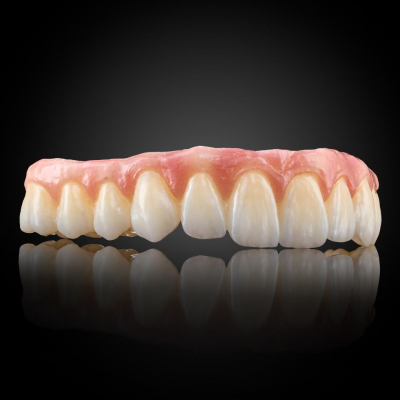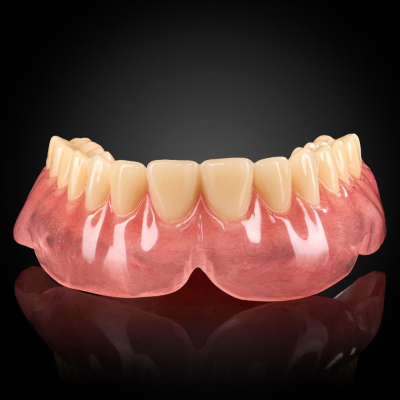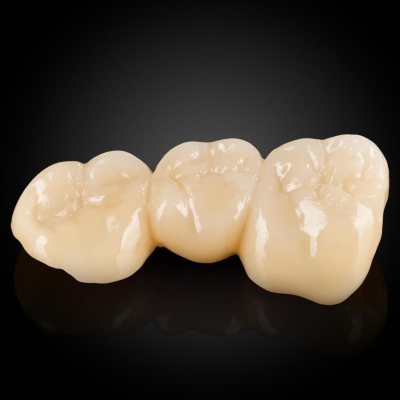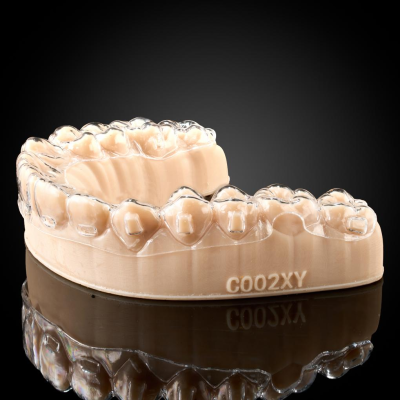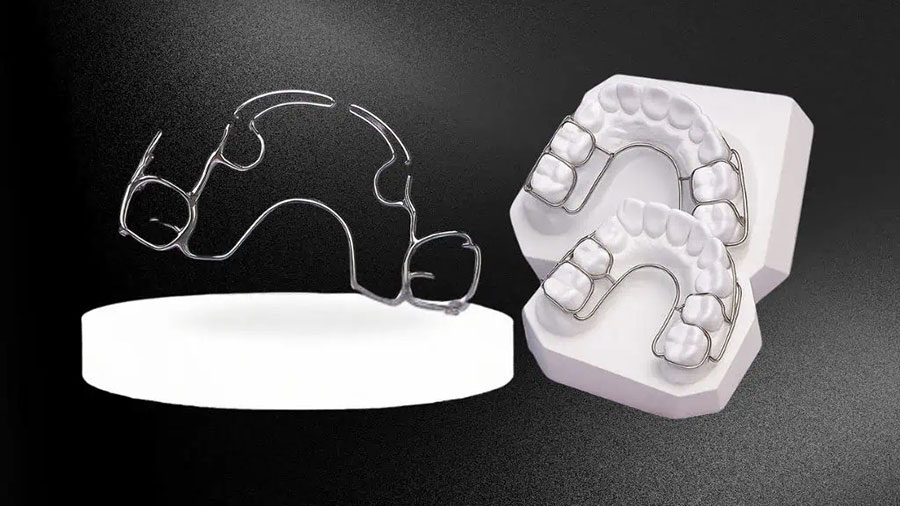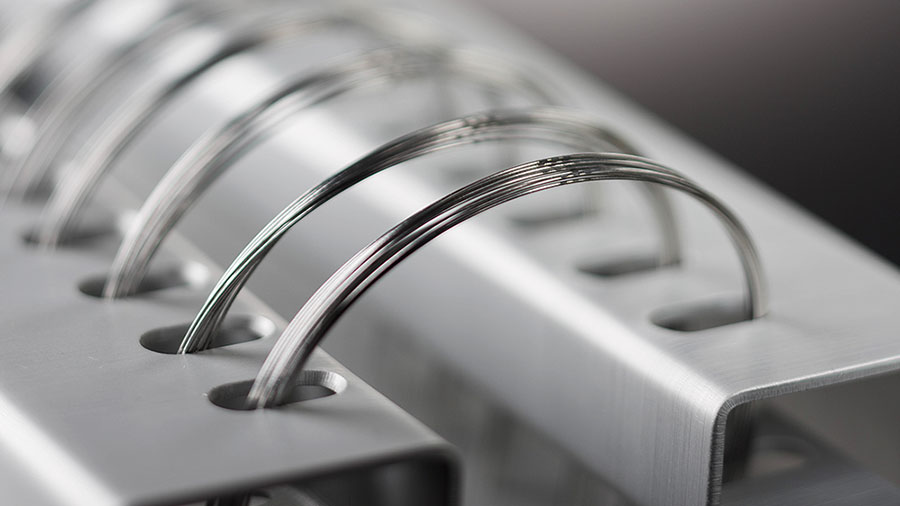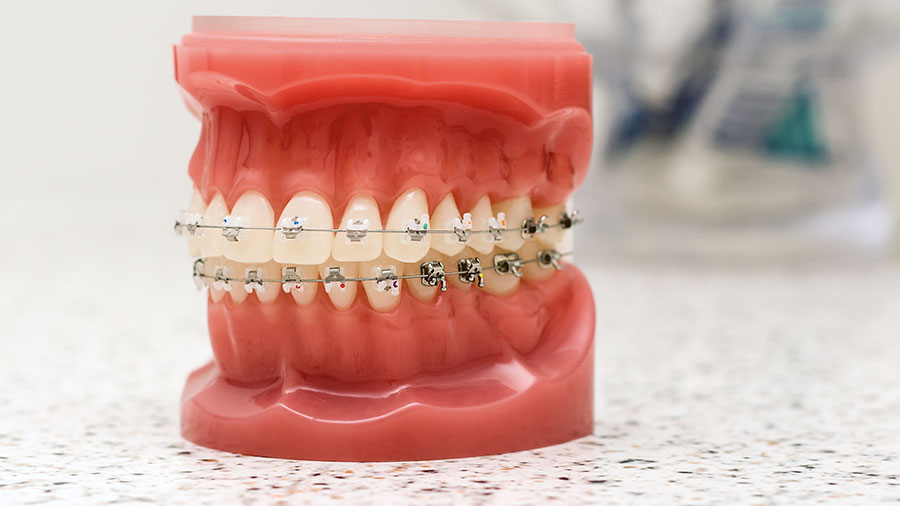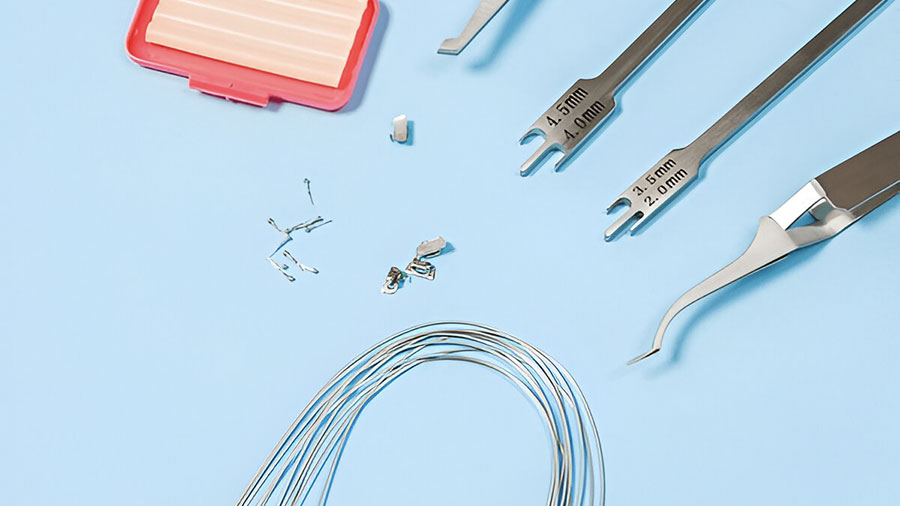Beta-titanium alloys, commonly referred to as TMA (Titanium Molybdenum Alloy), have revolutionized orthodontics since their introduction in the 1980s. These advanced wire materials are renowned for their unique mechanical properties, biocompatibility, and versatility, making them a preferred choice for dental professionals in various orthodontic applications. This article explores the composition, mechanical properties, clinical advantages, comparisons with other wire materials, recent advancements, clinical uses, and limitations of beta-titanium alloys in orthodontics.
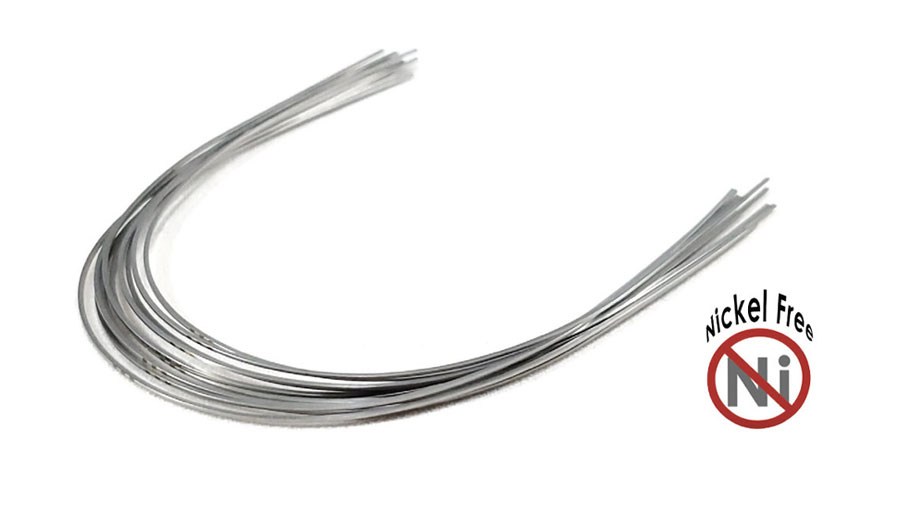
Table of contents [Show]
Overview and Composition
Beta-titanium alloys are specifically designed for orthodontic applications, offering a balance of strength, flexibility, and biocompatibility. The typical composition of beta-titanium alloy for dental use includes:
78% Titanium.
11.5% Molybdenum.
6% Zirconium.
4.5% Tin.
These alloys are supplied as wrought wires, providing excellent formability and efficient springback properties. Their favorable characteristics make them ideal for orthodontic treatments requiring precise control and consistent force delivery.
Mechanical Properties
Beta-titanium wires are celebrated for their exceptional mechanical properties, which make them suitable for a wide range of orthodontic applications.
Key Mechanical Features:
Low Elastic Modulus: With a modulus of approximately 62-69 GPa, beta-titanium wires are significantly less stiff than stainless steel (about one-third) and nickel-titanium alloys (half).
High Strength-to-Modulus Ratio: This characteristic allows for lighter, more consistent forces during treatment, enhancing patient comfort.
Excellent Formability: Beta-titanium wires can be bent and shaped into complex configurations without fracturing, making them ideal for intricate orthodontic adjustments.
Good Springback Properties: These wires maintain force delivery over extended activation ranges, ensuring effective and predictable orthodontic outcomes.
Clinical Advantages
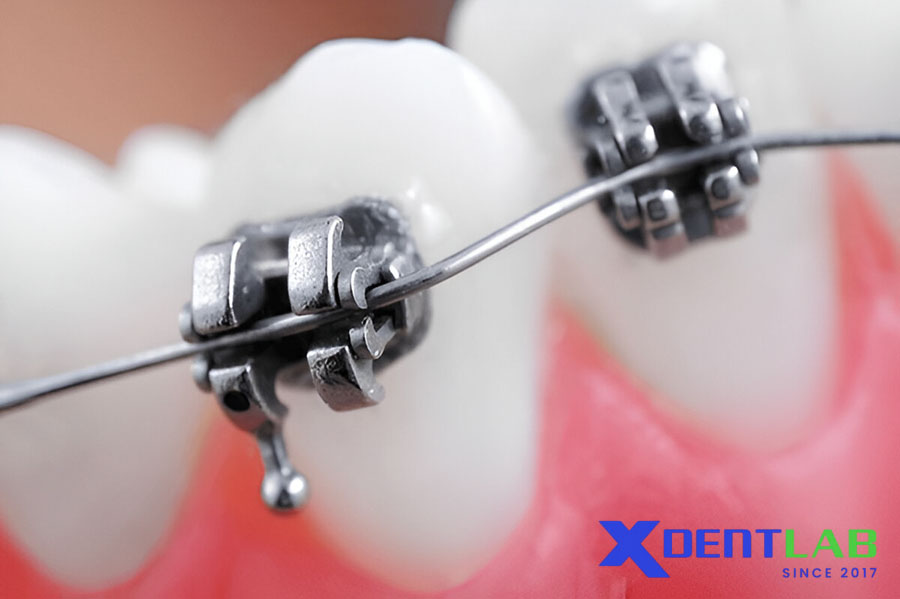
Beta-titanium wires offer several clinical benefits that make them a preferred material in orthodontics:
Biocompatibility
Beta-titanium alloys exhibit excellent corrosion resistance and a low potential for allergic reactions, making them safe for long-term intraoral use.
Versatility
These wires are suitable for a variety of orthodontic applications, including space closure, finishing, and detailing stages of treatment.
Force Delivery
The low elastic modulus enables lighter, more physiologic forces compared to stainless steel, reducing the risk of root resorption and enhancing patient comfort.
Weldability
Beta-titanium wires can be welded, allowing for the fabrication of customized orthodontic appliances tailored to individual patient needs.
Comparison with Other Orthodontic Wires
Beta-titanium wires stand out among other orthodontic wire materials due to their unique combination of properties:
Feature | Beta-Titanium | ||
| Elastic Modulus | Lower than stainless steel; higher than nickel-titanium | Lowest modulus | Highest modulus |
| Formability | Excellent | Limited | Superior |
| Force Delivery | Constant | Superelastic | Variable |
| Biocompatibility | High | Moderate (Nickel allergy risk) | High |
Beta-titanium wires offer a middle ground between the stiffness of stainless steel and the superelasticity of nickel-titanium, making them ideal for specific clinical situations.
Recent Developments
Ongoing research has focused on enhancing the properties of beta-titanium alloys to meet evolving clinical demands.
Innovations in Composition
New formulations such as Ti-33Nb-15Ta-6Zr have demonstrated improved ductility and fatigue resistance, making them even more effective for orthodontic applications.
Heat Treatment Advancements
Heat treatment processes have been explored to optimize mechanical properties, such as increasing springback and reducing surface roughness, further enhancing clinical performance.
These advancements continue to push the boundaries of beta-titanium alloys, ensuring they remain a cutting-edge solution for orthodontic treatments.
Clinical Applications
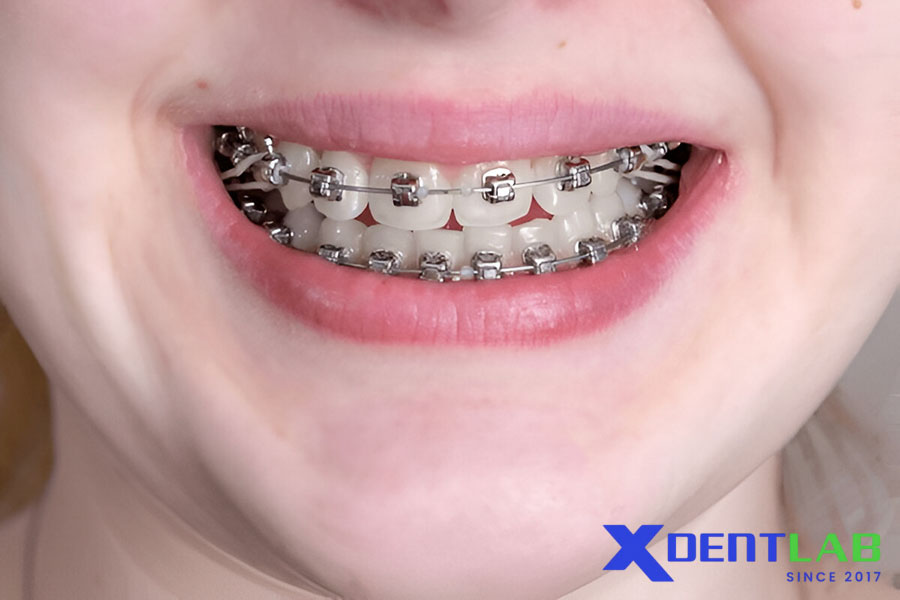
Beta-titanium wires are particularly useful in specific orthodontic scenarios:
Intermediate and Finishing Stages: Ideal for cases requiring moderate force levels and precise adjustments.
Nickel Allergy Patients: A safe alternative for patients who cannot tolerate nickel-titanium wires.
Complex Wire Configurations: Excellent formability makes them suitable for intricate bending and shaping.
Moderate Force Applications: Provides consistent force delivery for effective tooth movement over extended activation ranges.
Limitations
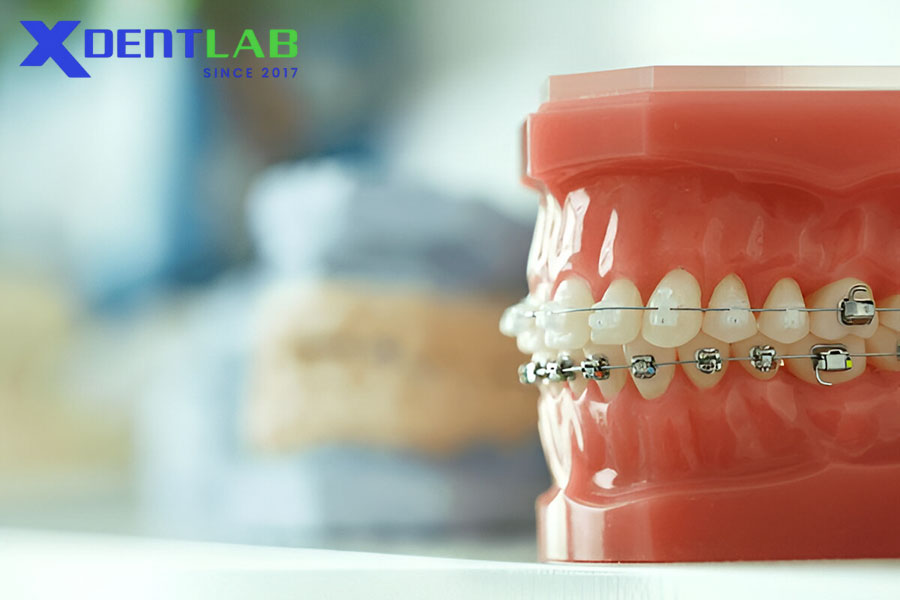
Despite their numerous advantages, beta-titanium wires have some limitations that dental professionals should consider:
Higher Cost: Beta-titanium wires are more expensive than stainless steel wires, which may limit their use in cost-sensitive cases.
Surface Roughness: Increased friction in sliding mechanics can affect efficiency in certain treatments.
Color Changes: Prolonged intraoral use may result in aesthetic changes, although this does not affect functionality.
While these limitations exist, the benefits of beta-titanium wires often outweigh the drawbacks in clinical situations where their unique properties are needed.
Conclusion
Beta-titanium alloys represent a significant advancement in orthodontic wire materials, offering a combination of mechanical properties, biocompatibility, and versatility that make them invaluable in modern orthodontics. Their ability to deliver consistent forces, adapt to complex configurations, and cater to patients with nickel allergies positions them as a superior choice for specific clinical applications.
As research continues to optimize their composition and performance, beta-titanium wires are set to remain a cornerstone of orthodontic treatment, ensuring quality care and predictable outcomes.
XDENT LAB is committed to providing high-quality orthodontic solutions, leveraging advanced materials like beta-titanium alloys to meet global standards and enhance patient outcomes.
XDENT LAB is an expert in Lab-to-Lab Full Service from Vietnam, with the signature services of Removable & Implant, meeting U.S. market standards – approved by FDA & ISO. Founded in 2017, XDENT LAB has grown from local root to global reach, scaling with 2 factories and over 100 employees.. Our state-of-the-art technology, certified technicians, and commitment to compliance make us the trusted choice for dental practices looking to ensure quality and consistency in their products.
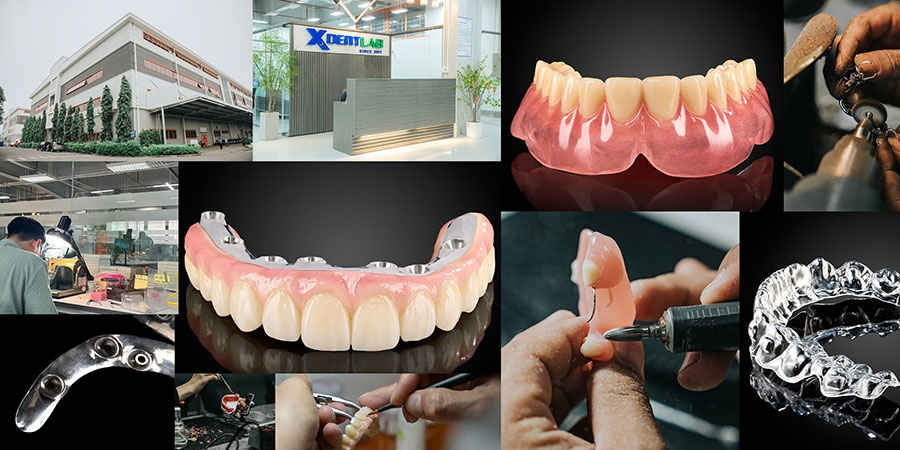
Our commitments are:
100% FDA-Approved Materials.
Large-Scale Manufacturing, high volume, remake rate < 1%.
2~3 days in lab (*digital file).
Your cost savings 30%.
Uninterrupted Manufacturing 365 days a year.
Contact us today to establish a strategy to reduce operating costs.
--------❃--------
Vietnam Dental Laboratory - XDENT LAB
🏢 Factory 1: 95/6 Tran Van Kieu Street, Binh Phu Ward, Ho Chi Minh City, Vietnam
🏢 Factory 2: Kizuna 3 Industrial Park, Can Giuoc Commune, Tay Ninh Province, Vietnam
☎ Hotline: 0919 796 718 📰 Get detailed pricing

